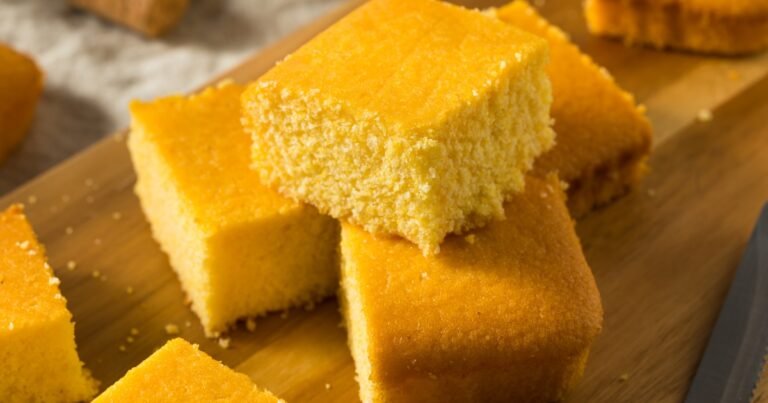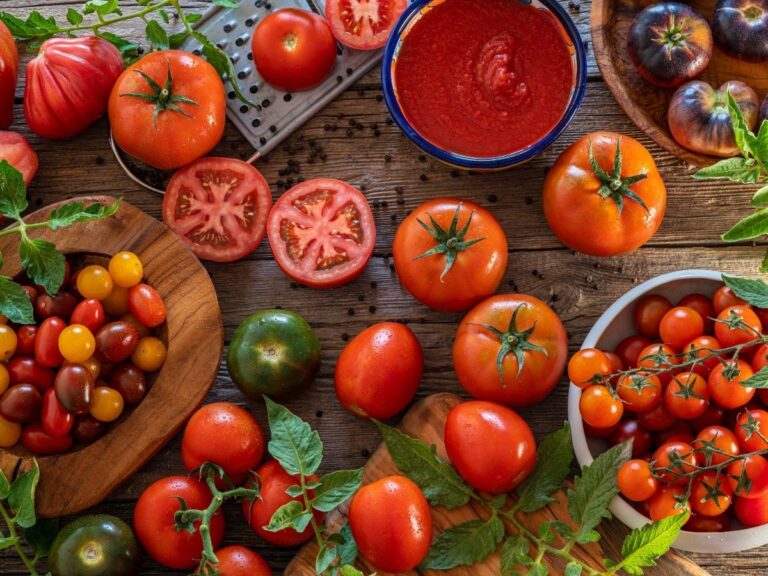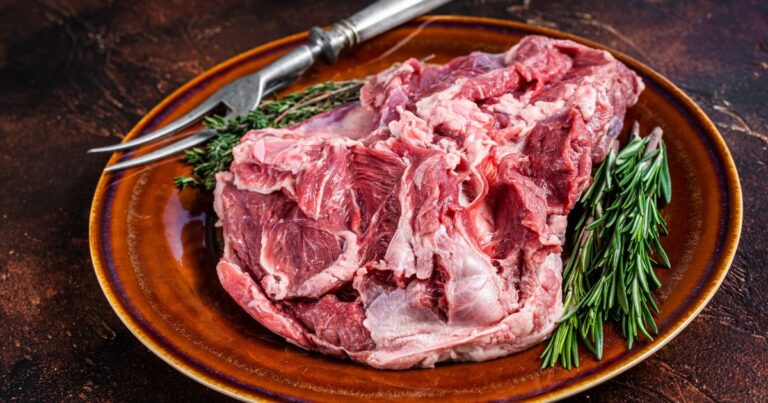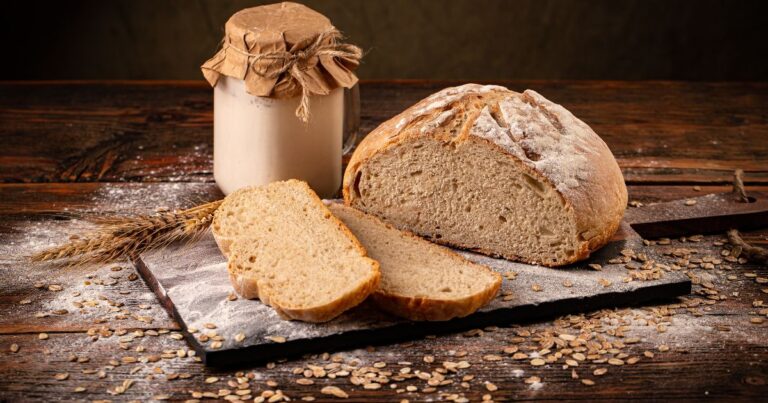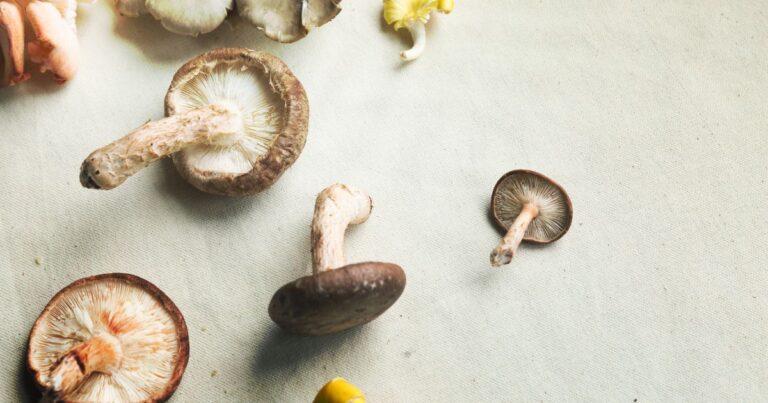Step-by-Step Guide: How to Make Lion’s Mane Mushroom Powder at Home
Lion’s Mane Supplements can burn a hole in your pocket when testing different name brands or varieties. Making your own lion’s mane mushroom powder at home can not only save you loads of money but anyone who wants to start learning the process of making their powders and unlock the potential of this extraordinary fungus, celebrated not only for its culinary versatility but also for its reputed cognitive and neurological benefits.

As someone who has spent a lifetime navigating the dance of flavors in kitchens across the globe, I find joy in bringing the essence of Lion’s Mane into my creations.
Whether sprinkled into a morning smoothie, blended into a comforting lion’s mane tea, or added to your favorite recipes, the possibilities are as vast as your culinary imagination.
If you’ve ever been curious about the magic hidden within Lion’s Mane mushrooms, you’re in for a treat. I have the easiest step-by-step guide on how to make lion’s mane powder in your kitchen!
Tell me why Venture into the realm of homemade Lion’s Mane powder? Firstly, it’s a piece of cake – an easy, accessible kitchen endeavor that even the most novice chefs can master. And let’s talk savings; crafting your powder means infusing your dishes with goodness and saving those hard-earned coins: no more mystery capsules, no more guesswork – just pure, unadulterated Lion’s Mane medicinal mushroom benefits.
Get ready to infuse your creations with the powerhouse that is Lion’s Mane. Craft your mushroom powders with ease, save a dime, and relish the journey because, in this kitchen, we’re not just cooking; we’re creating magic.
Table of Contents
How to Make Mushroom Powder at Home?

Say goodbye to store-bought versions and join us in uncovering the joy of creating homemade mushroom powders – a flavorful addition that adds a pinch of your personal touch to every dish.
Gather Your Tools and Ingredients

Before making Lion’s Mane mushroom powder at home, gather the necessary tools and equipment to ensure a smooth and efficient process. Here’s a list of what you’ll need:
Fresh Lion’s Mane Mushrooms:
Look for fresh and firm Lion’s Mane mushrooms. You can find them at specialty grocery stores and farmers’ markets, or consider foraging if you have expertise in wild mushroom identification.
Knife and Cutting Board:
A sharp knife and a cutting board are essential for slicing the Lion’s Mane mushrooms into thin, uniform pieces.
Dehydrator or Oven:
You’ll need a dehydrator or an oven to remove the moisture from the mushroom slices. A food dehydrator is preferable, but an oven can also be used.
Brush or Damp Cloth:
Use a brush or a damp cloth to clean the mushrooms. Avoid soaking them in water, as mushrooms can absorb water and become mushy.
Baking Sheet and Parchment Paper (if using an oven):
If you’re using an oven, you’ll need a baking sheet lined with parchment paper for dehydration or lightly oiled baking trays.
Blender or Spice Grinder:
A blender, food processor, or spice grinder is necessary for turning the dehydrated mushroom slices into a fine powder.
Airtight Container:
Choose an airtight container for storing the finished Lion’s Mane mushroom fine powder. This helps maintain its freshness and potency.
Having these tools and equipment ready before you start will make the process more enjoyable and efficient. Always exercise caution when using knives and other kitchen equipment.
🍄Selecting the Finest Lion’s Mane Mushrooms
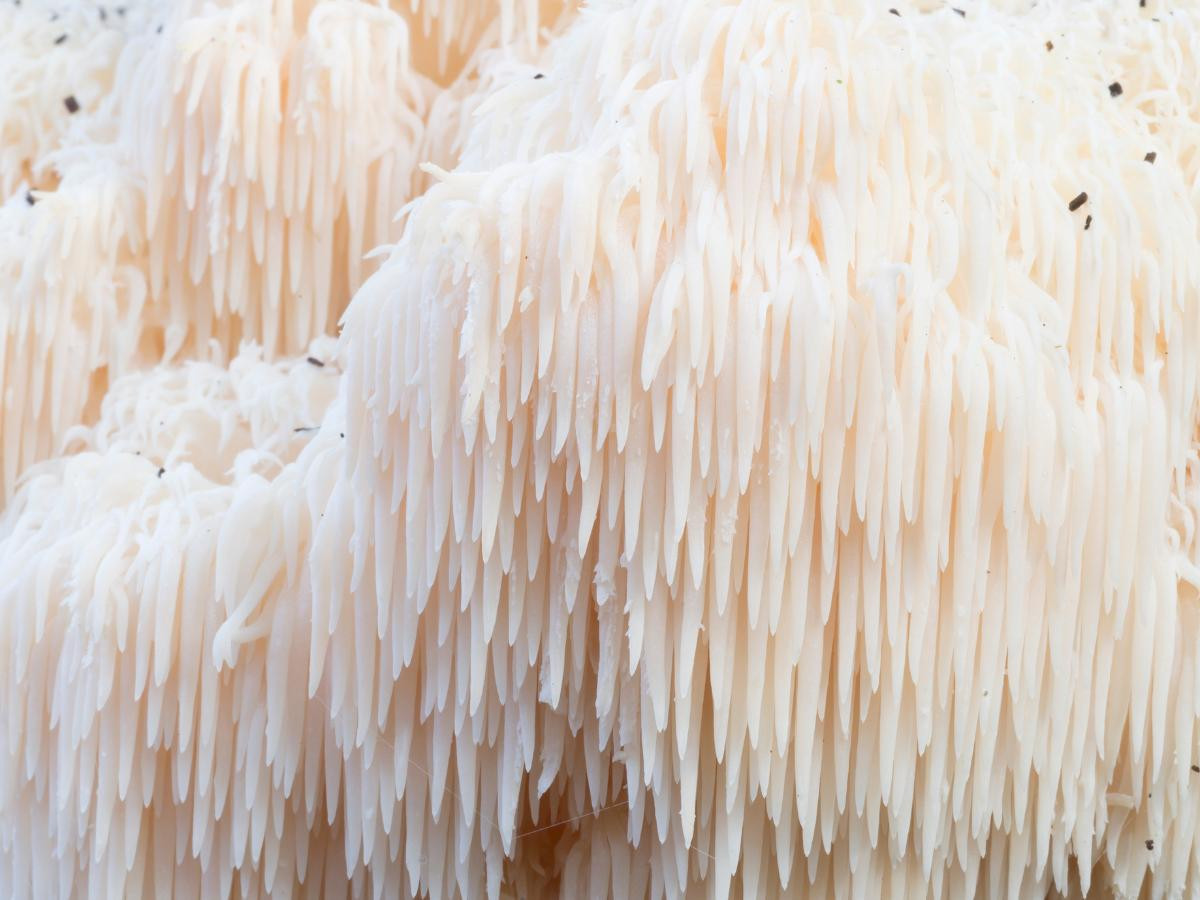
Choosing the right Lion’s Mane mushrooms is a crucial first step in creating high-quality powder. Whether you’re purchasing them or foraging in the wild.
Foraging in the Wild:
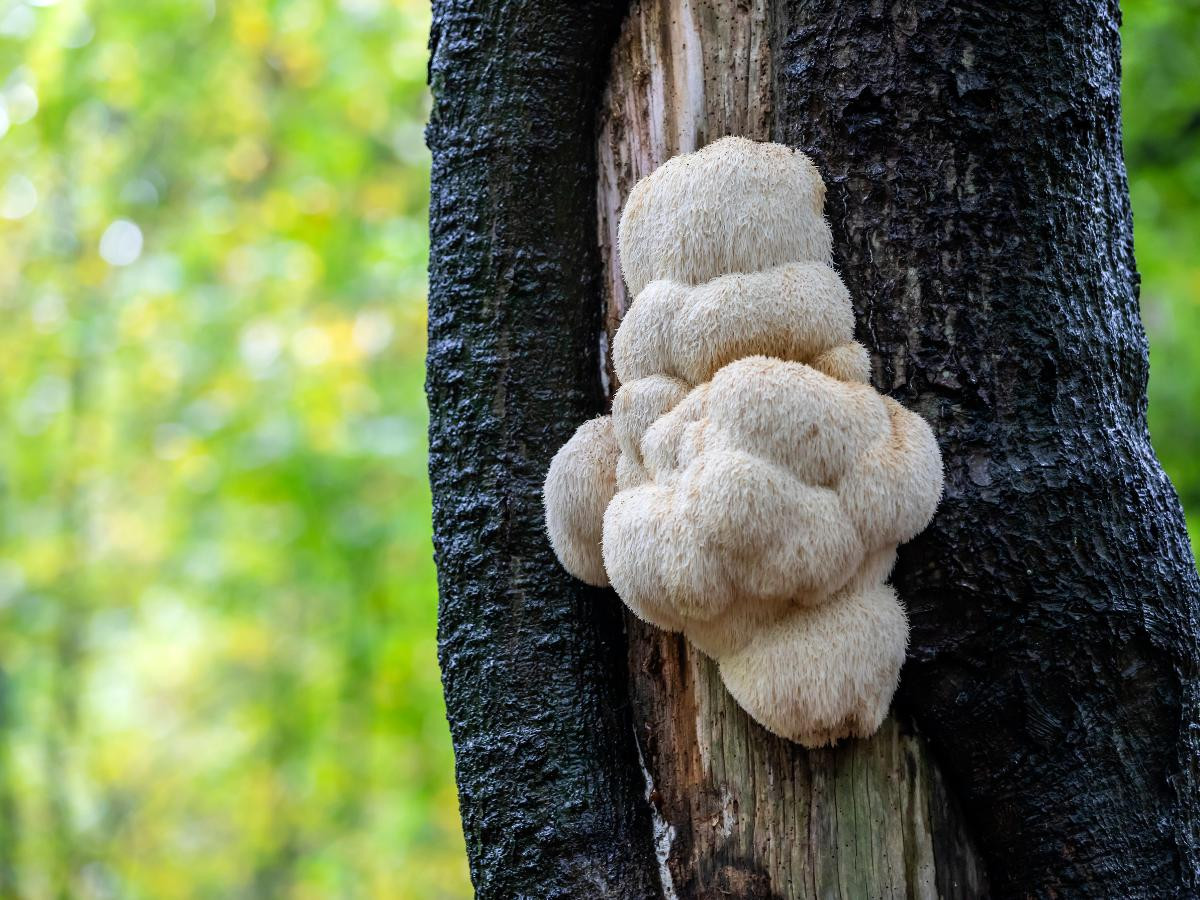
Identification:
Lion’s Mane mushrooms (Hericium erinaceus) are typically found on hardwood trees, especially oaks and beeches. They have a distinctive appearance, a fruiting body resembling a cascading mass of white, shaggy spines. The spines can be long and fluffy, making the mushroom look mane-like.
Season and Climate:
Lion’s Mane mushrooms are often found in late summer through early autumn. They thrive in temperate climates and are commonly spotted in North America, Europe, and Asia. Look for them in forests with a mix of hardwood trees.
Habitat:
Scan fallen or decaying logs and tree stumps for the distinctive growth of Lion’s Mane. They have been known to grow at various heights on trees, from ground level up to eye level.
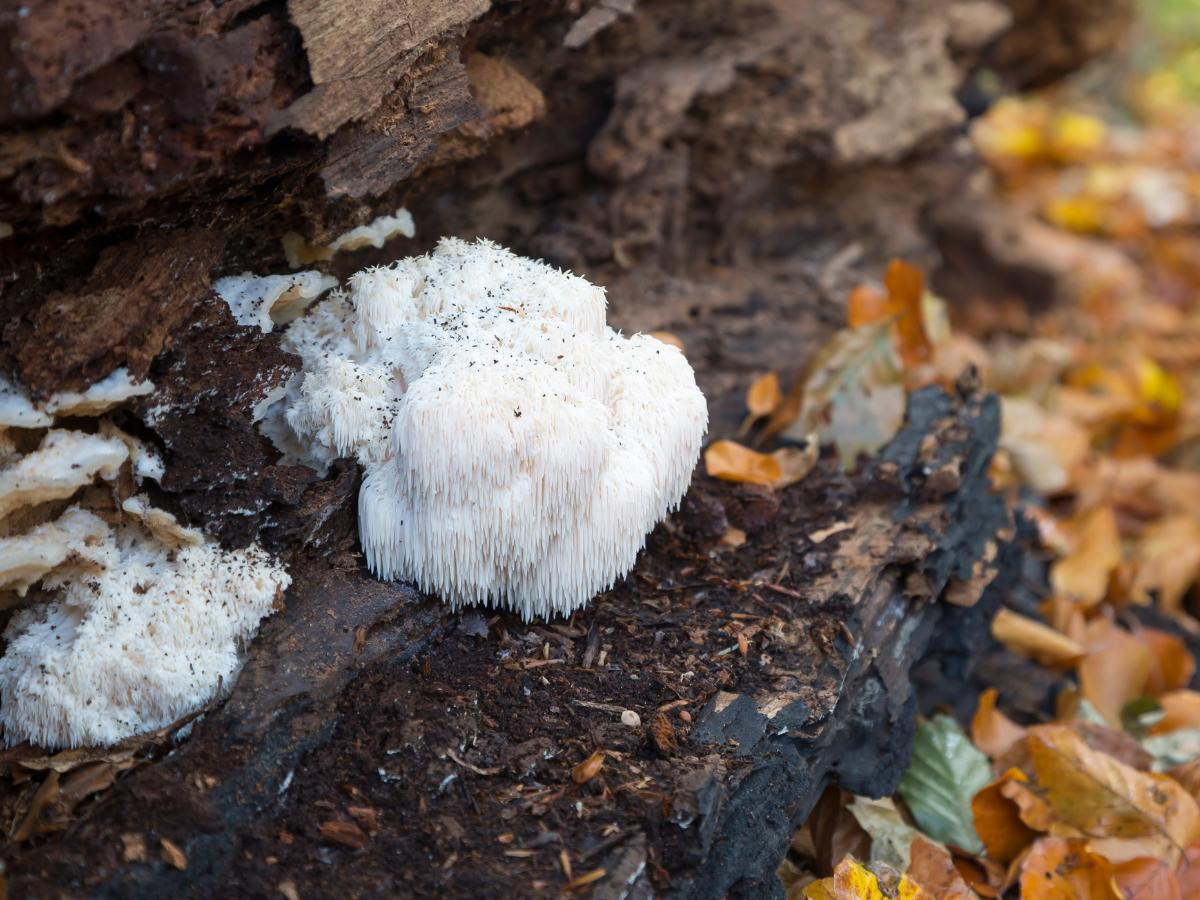
Foraging Guidelines:
Experience and Knowledge:
Only forage for mushrooms if you have extensive experience in wild mushroom identification. If you’re a beginner, consider learning from a local expert, buying a grow kit or joining a mycology group.
Safety First:
Ensure you have permission to forage in the area and be aware of any local regulations regarding wild mushroom harvesting.
Use field guides or smartphone apps designed for mushroom identification to cross-verify your findings.
Purchasing from Markets:

Specialty Grocery Stores or Farmers’ Markets:
Lion’s Mane mushrooms are becoming more popular and may be available at specialty grocery stores or farmers’ and Asian markets, especially those with diverse fresh produce.
Online Suppliers:
Consider reputable online suppliers who specialize in providing a variety of mushrooms. They often source their products from reliable growers and ensure quality.
Local Mushroom Farms:
Check if there are any local mushroom farms in your area. These farms may offer Lion’s Mane mushrooms directly to consumers. Some Farmers are super helpful providing an essential guide to the good stuff.
Quality Check:
When purchasing, look for firm mushrooms with no signs of discoloration or decay. A fresh Lion’s Mane should have a clean, white appearance.
By paying careful attention to where and how you obtain your Lion’s Mane mushrooms, you ensure a safe and enjoyable foraging or purchasing experience.
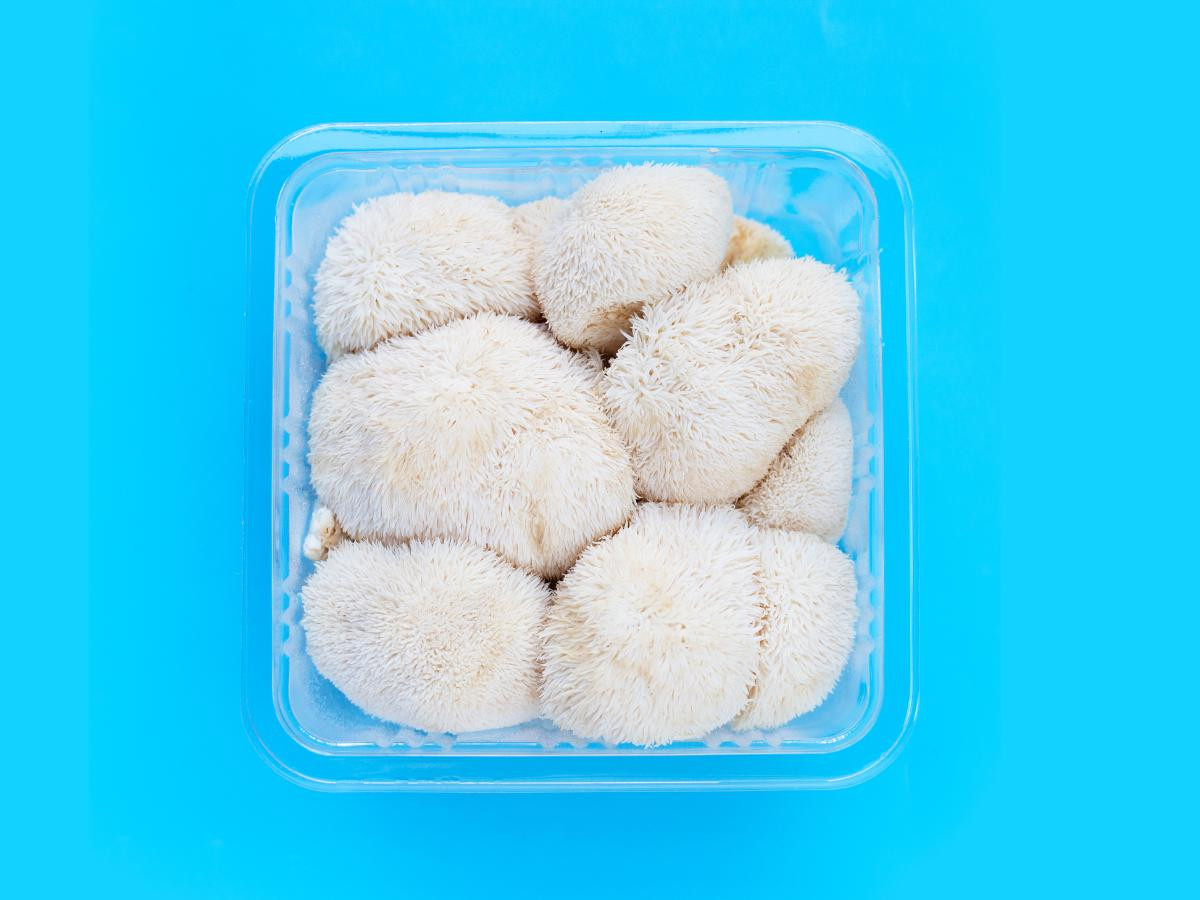
Always prioritize safety, proper identification, and adherence to local regulations when foraging in the wild. If you have doubts about identifying wild mushrooms, consult an experienced forager or mycologist before consumption.
🧹Meticulous Cleaning Ritual
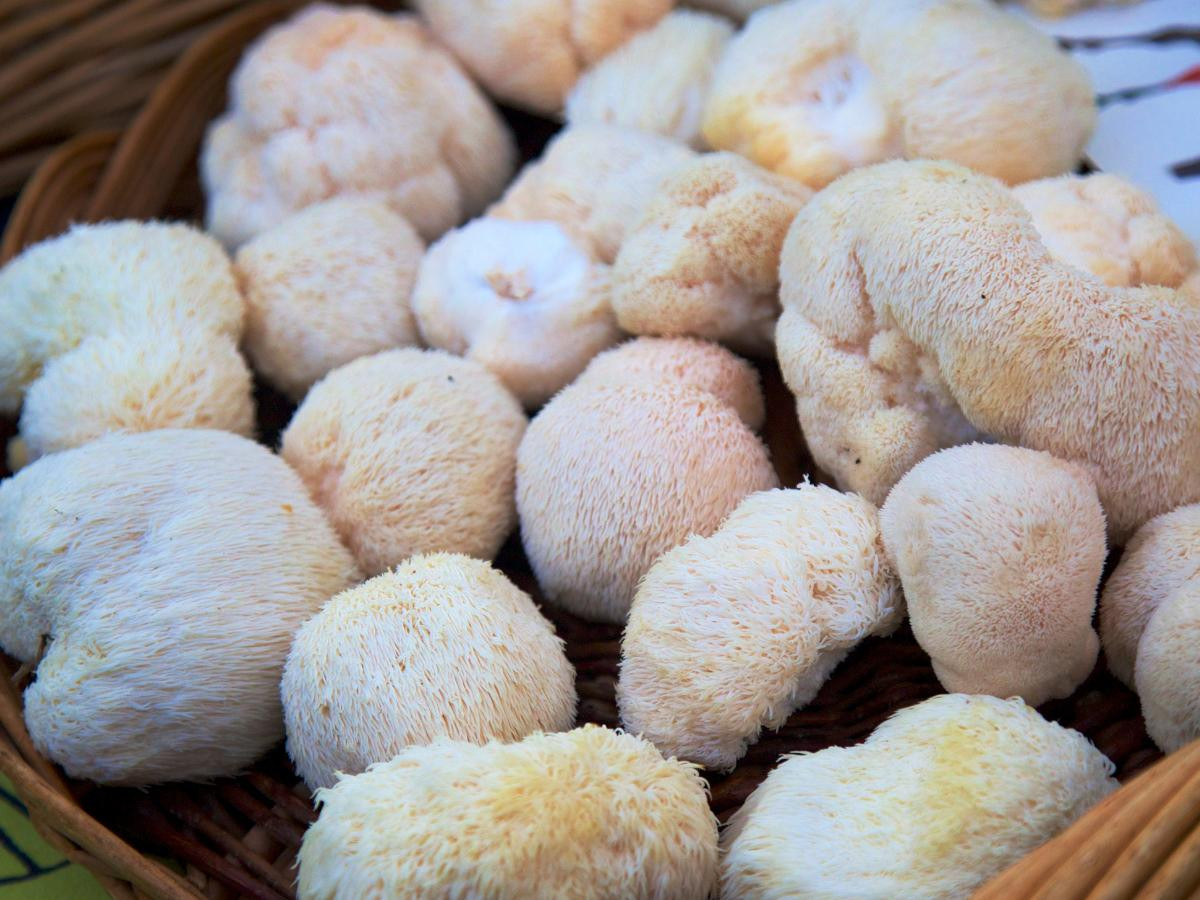
Now that you’ve got your hands on these magical Lion’s Mane mushrooms, it’s time to give them the royal treatment.
Tools of the Trade:
Brush or Damp Cloth:
Grab a soft brush or a damp cloth
The Play-by-Play:
Inspect and Admire:
Lay out your Lion’s Mane mushrooms on your cutting board. Take a moment to appreciate their unique appearance.
Dirt Patrol:
Gently inspect each mushroom. If you spot any dirt or forest remnants clinging to your newfound friends, that’s where your brush or damp cloth comes into play. Give them a gentle sweep or wipe.
Avoid the Soak:
Fresh Mushrooms are like sponges; they soak up moisture faster than a teenager with a smartphone. So, resist the urge to bathe them. A quick brush or wipe is all they need.
Spotless and Radiant:
Your Lion’s Mane mushrooms should be squeaky clean and free of dirt
🍴Precision Slicing – Elevating Your Mushroom Canvas
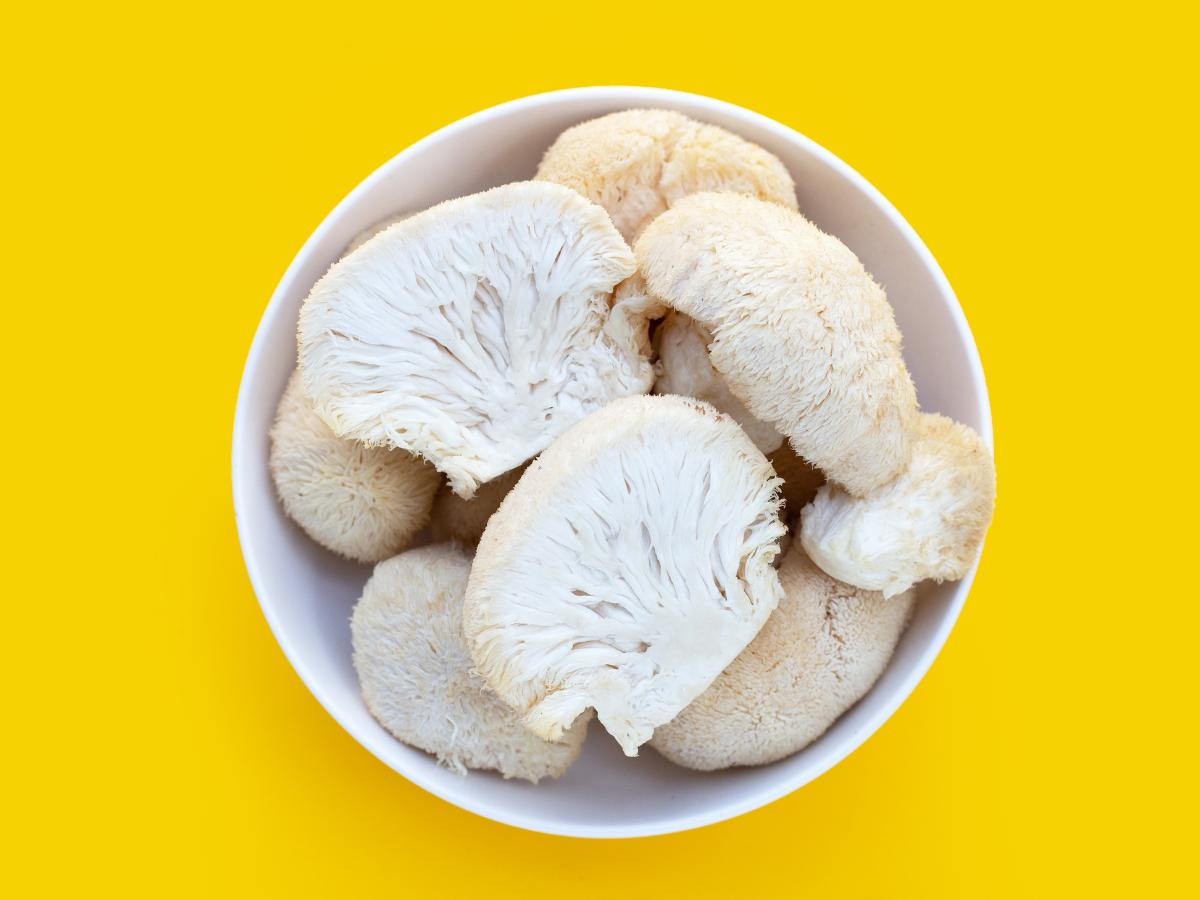
Tools of the Trade:
Ensure your knife is honed to perfection; a sharp blade makes the slicing process smoother and safer. Place your Lion’s Mane mushrooms on a stable cutting board, ready to be sculpted.
Technique:
With a gentle yet deliberate hand, start slicing the Lion’s Mane into thin, uniform pieces. Aim for a thickness between 1/4 to 1/2 inch – the sweet spot allowing even drying and efficient powdering.
Uniformity is Key:
Consistency is the secret ingredient in this step. Imagine each slice as a brushstroke on a canvas; uniformity ensures even dehydration and a harmonious blend of flavors in your final powder.
Culinary Artistry Unleashed:
Channel your inner culinary artist during this process. Take a moment to appreciate the unique texture and structure of the mushroom as you craft each slice.
Mindful Creation:
Approach the slicing process with mindfulness. Enjoy the rhythmic dance of the knife, savor the earthy aroma released with each cut.
🔥Dehydrator or Oven– The Choice is Yours

Now that we’ve sculpted our Lion’s Mane slices, it’s time to usher them into the transformative realm of dehydration. The method you choose – dehydrator or oven – adds a personal touch to your culinary adventure.
If You Have a Dehydrator:
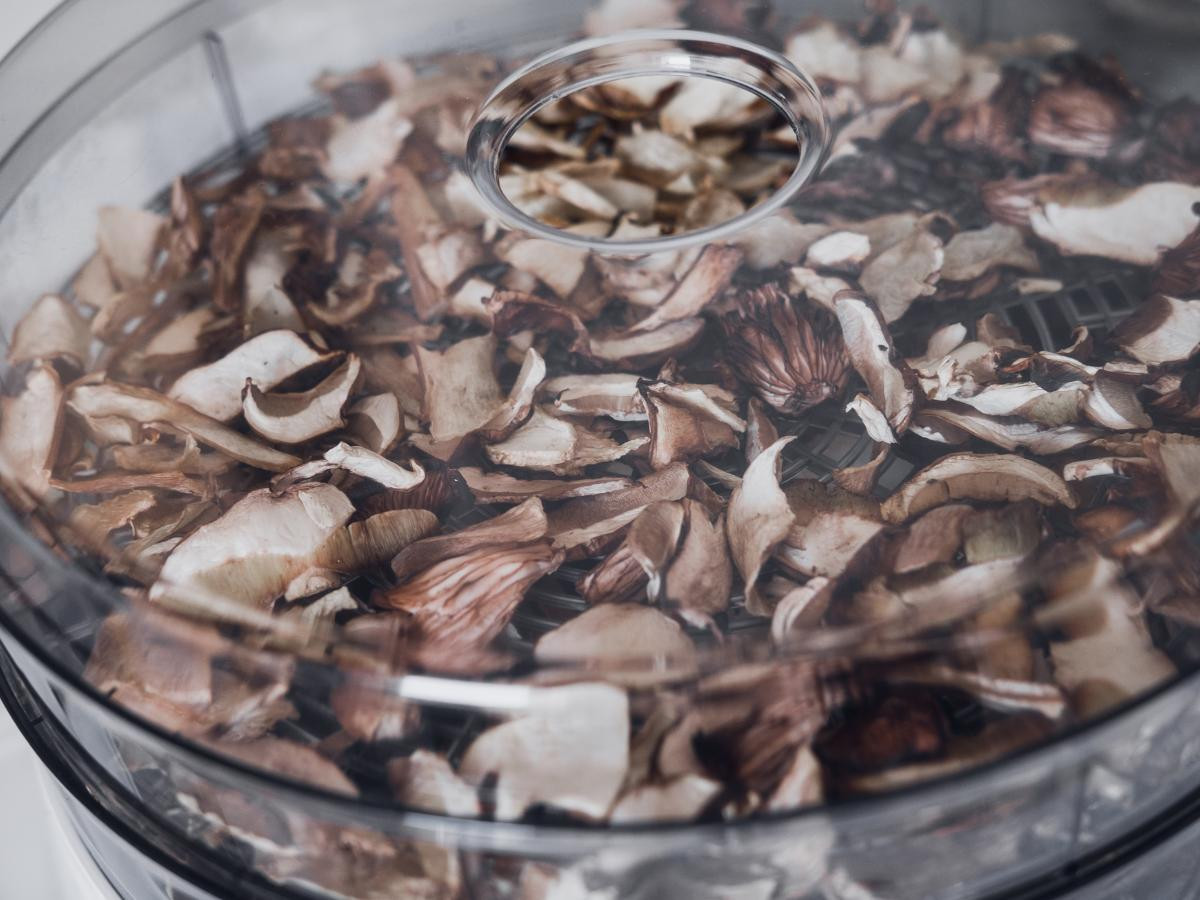
Arrangement:
Gently arrange them, ensuring they bask in the airflow but without overlapping.
Temperature:
Set the dehydrator to a low, gentle temperature, around 95°F or 35°C. Let the dehydrator run its course for 6-12 hours, periodically checking until the slices transform into delicate, fully dried, and irresistibly crisp wonders.
If You’re Using an Oven:
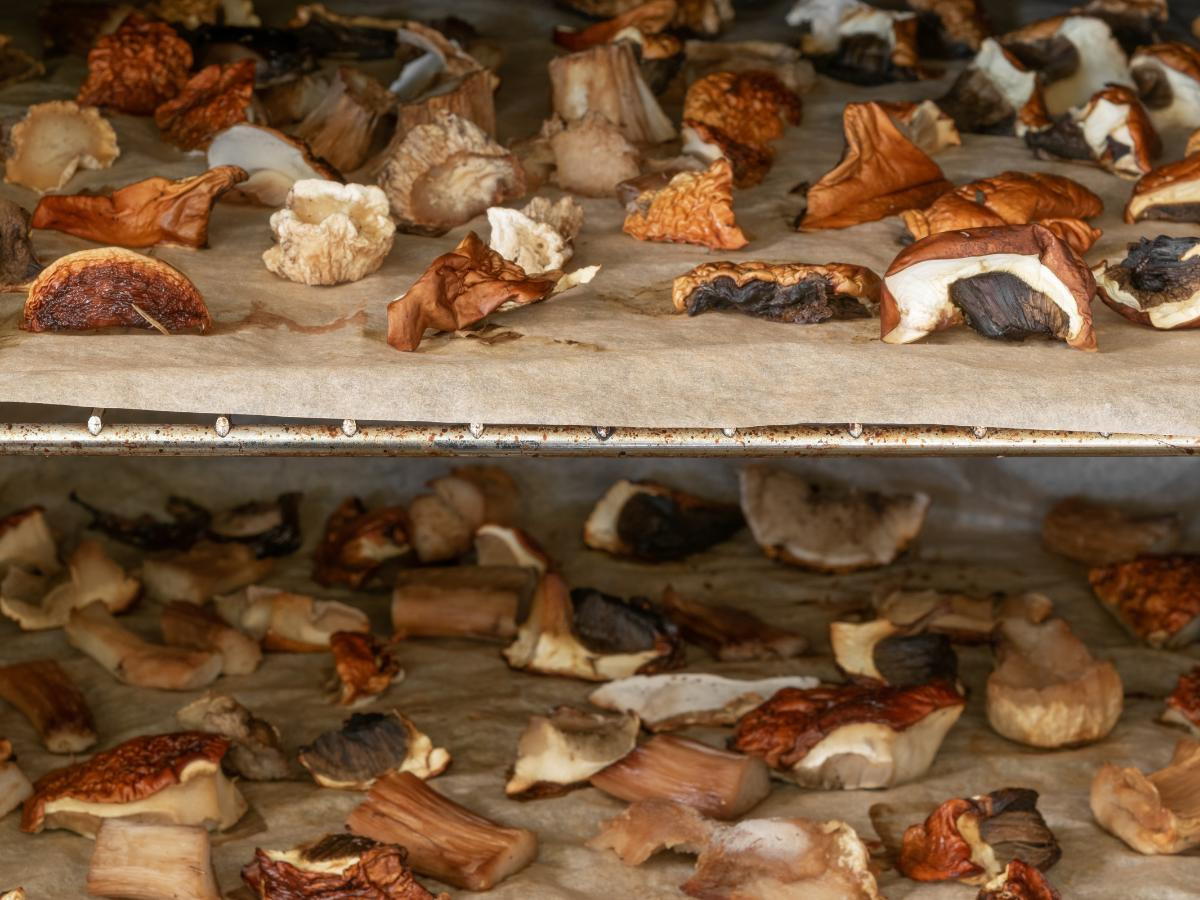
Oven Preheat:
Your oven, , needs a gentle preheat to its lowest setting, typically around 170°F or 75°C.
Baking Sheet:
Place your carefully sliced Lion’s Mane on a baking sheet
Door Ajar:
Prop the oven door slightly ajar. This allows water extraction and removes moisture, leaving behind the concentrated essence of Lion’s Mane.
Baking:
Over several hours, your mushroom slices perform a graceful routine until they reach the pinnacle of crisp perfection. Keep a watchful eye.
👨🍳Powder Time- Down To Business
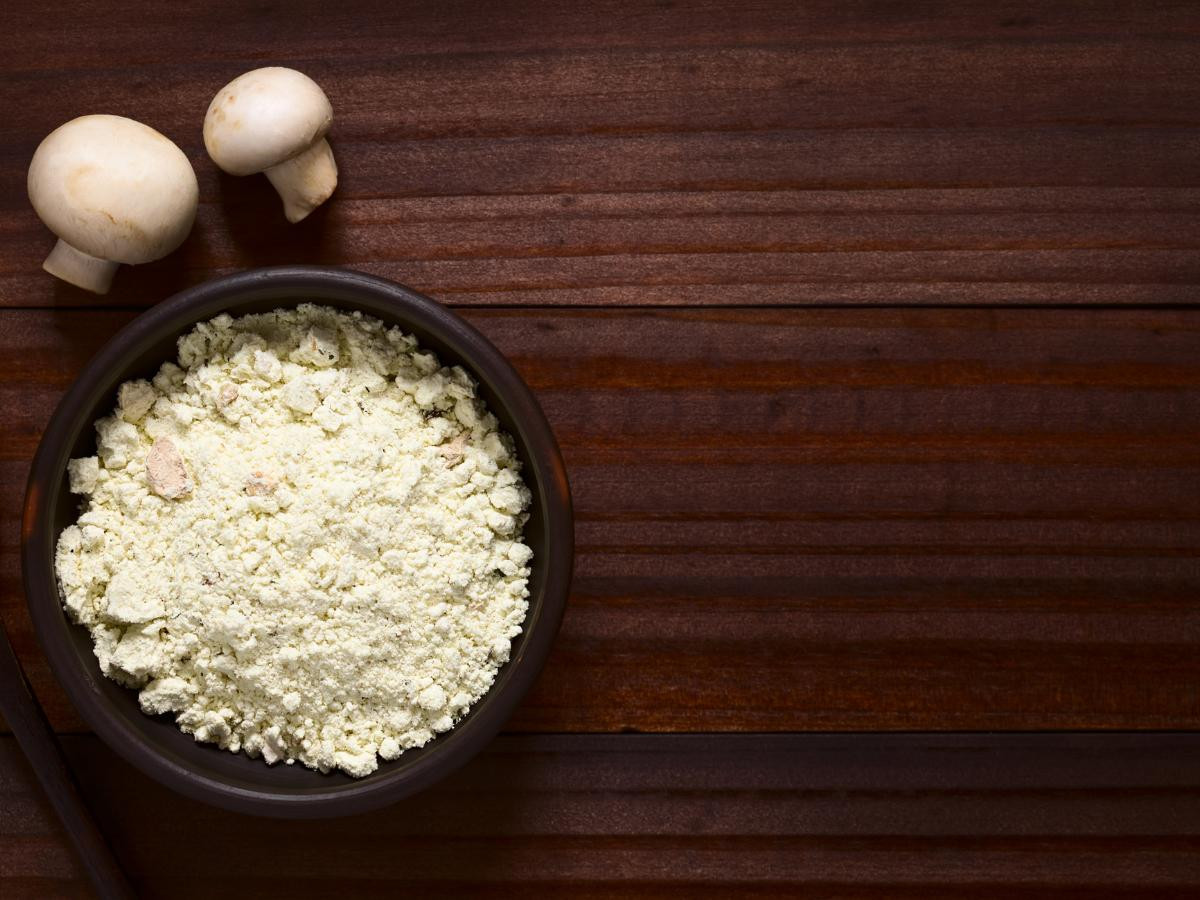
Having patiently dehydrated our Lion’s Mane slices, the spotlight now shifts to the grand finale: Your very own Lion’s Mane mushroom powder.
Transfer:
With a gentle hand, transfer them to the stage – a blender or spice grinder.
Grinding:
Engage your culinary senses as you start the grinding process. Whether it’s a blender’s low hum or a spice grinder’s rhythmic whir, each pulse signifies the transition from earthy fungi to the fine, powdery essence of Lion’s Mane.
Velvety Elixir Unleashed:
Revel in the dance of textures – the once crisp slices surrendering to the blades, transforming into a velvety elixir. Feel the satisfaction as the powder takes shape, embodying the concentrated essence of Lion’s Mane.
Visual Poetry:
Watch as the powder cascades like culinary stardust, each particle encapsulating this magnificent mushroom’s flavors and potential benefits. It’s not just about creating powder; it’s crafting a culinary artwork that adds depth to your dishes and enchantment to your kitchen.
The Journey Continues:
Your Lion’s Mane powder is now a versatile culinary ally, ready to infuse its richness into your favorite recipes, herbal tea, smoothies, or whatever canvas your culinary imagination desires.
🥫 Preservation– Seal The Deal

Airtight Embrace:
Carefully transfer the Lion’s Mane mushroom powder into this container, sealing it with the promise of prolonged freshness.
Guardians of Potency:
Seal the container with a sense of guardianship, ensuring that the potency of your homemade powder remains intact.
Cool, Dark Retreat:
Consider your chosen storage space as a sanctuary, providing a cool, dark retreat for your Lion’s Mane powder. Find a Cold Dark Cabinet or Room for long-term storage.
Quality Assurance Ritual:
Ensure the container is securely sealed, protecting the medicinal mushroom powder from external influences.
The Culmination of Craftsmanship:
Your Lion’s Mane mushroom powder is now a flavorful addition and a preserved treasure, ready to be unveiled in your future culinary creations.
What Can I Do With These Medicinal Mushrooms?
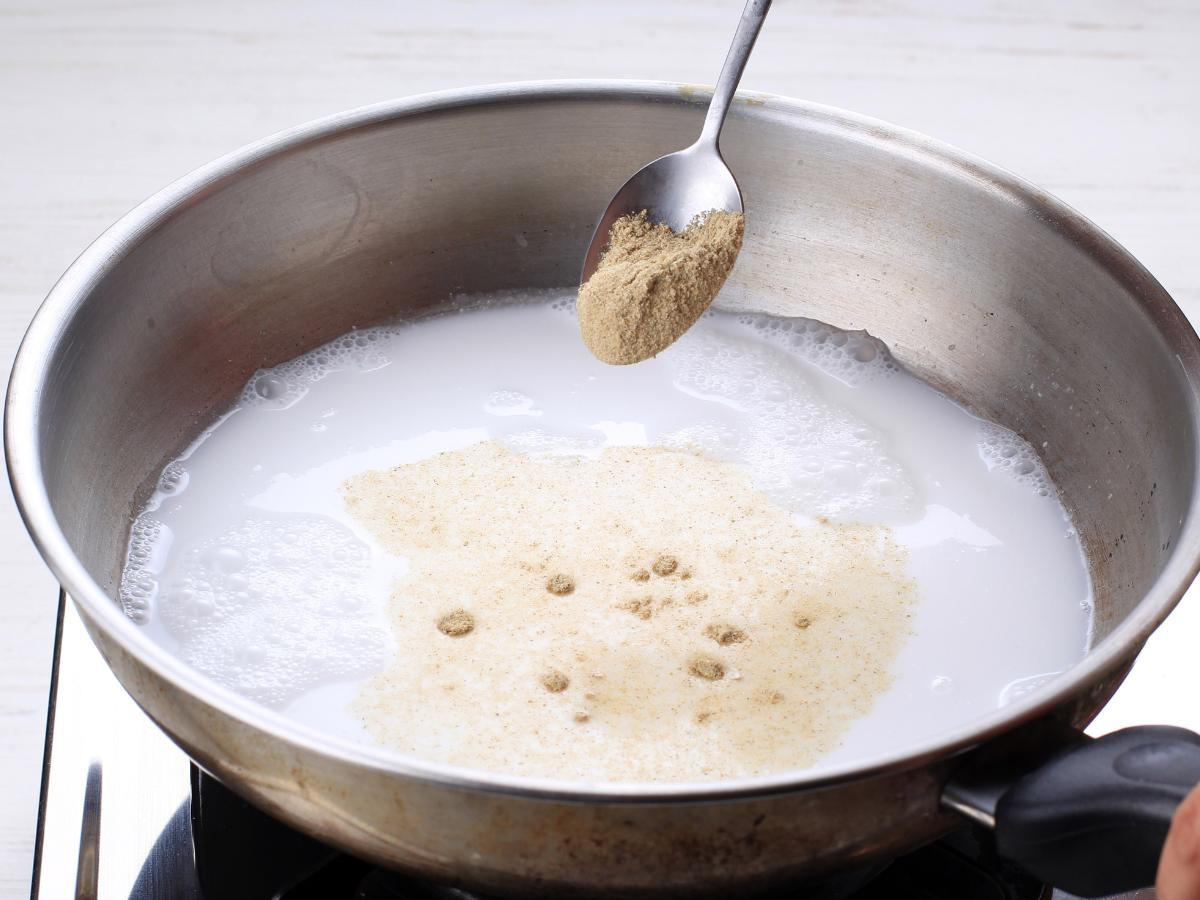
You’ve gracefully navigated the journey from slices to powder, and now, it’s time for the grand finale – unleashing your dried lion’s head and mane mushrooms into the realm of culinary creativity.
Versatile Infusions:
Consider your Lion’s Mane powder as your culinary secret weapon. Sprinkle it into your favorite recipes, fruit leather trays, turkey tail, infuse it into hot milk or teas for a soothing elixir, blend it into smoothies for a healthful kick, or stir it into your morning coffee for an earthy twist.
Recipe Inspiration: Creamy Mushroom Risotto
Consider a classic: a Creamy Mushroom Risotto as a quick culinary spark. Begin with a base of Arborio rice, sautéed onions, and a splash of white wine. Introduce a generous spoonful of your Lion’s Mane powder during the cooking process for an added depth of flavor. Finish with a swirl of butter, a sprinkle of Parmesan, and a dash of freshly ground black pepper—Voilà – a dish that marries creamy consistency with the nuanced earthiness of Lion’s Mane.
Healthful Elixirs:
Craft wellness teas by infusing a teaspoon of Lion’s Mane powder into hot water along with your favorite herbal blends. The result? A comforting cup that not only soothes the senses but also can improve brain health and the potential cognitive benefits of these remarkable medicinal mushrooms.
Smoothie Symphony:
Elevate your morning routine by blending Lion’s Mane powder into your favorite smoothie. Whether a tropical fruit blend or a green powerhouse, the powder seamlessly integrates, adding a subtle earthy note and potential healthful perks to your sip.
Coffee Connoisseur’s Delight:
For the coffee aficionados, experiment with a Lion’s Mane-infused coffee. Mix
a teaspoon of powder into your grounds before brewing or even directly into the coffee grinder, creating a brew that not only invigorates but introduces a delightful mushroom undertone to your cup.
What Are Lion’s Mane Mushroom Benefits?
Lion’s Mane mushroom species (Hericium erinaceus) has gained popularity for its unique appearance, potential health benefits, and medicinal qualities. While scientific research on the Lion’s Mane is still evolving, some studies and traditional uses suggest several potential advantages.
Here are some notable health benefits associated with Lion’s Mane mushrooms:

1. Cognitive Support:
– Nerve Growth Factor (NGF): Lion’s Mane contains compounds that may stimulate the production of nerve growth factor (NGF), a protein essential for the growth, maintenance, and survival of nerve cells. This has led to interest in its potential cognitive benefits and support for brain health.
2. Memory and Focus:
– Enhanced Cognitive Function: Some studies suggest that Lion’s Mane may have cognitive-enhancing properties, potentially benefiting memory, brain function, and concentration. It may play a role in supporting overall cognitive function and improving brain health.
3. Mood and Mental Well-Being:
– Neurotransmitter Modulation: Lion’s Mane beneficial effects may influence the levels of certain neurotransmitters, such as serotonin and dopamine, which play crucial roles in regulating mood and emotional well-being.
4. Anti-Inflammatory Properties:
– Beta-Glucans: Lion’s Mane contains beta-glucans, compounds with potential anti-inflammatory properties. Chronic inflammation is linked to various health issues, and substances that can help modulate inflammation are of interest for overall well-being.
5. Immune System Support:
– Enhanced Immune Function: The beta-glucans and other bioactive compounds in Lion’s Mane may contribute to immune system modulation, potentially supporting the body’s natural defense mechanisms.
6. Antioxidant Activity:
– Scavenging Free Radicals: Lion’s Mane is rich in antioxidant compounds, which help neutralize free radicals in the body. This antioxidant activity may contribute to overall health and protection against oxidative stress.
7. Gut Health:
– Prebiotic Effects: Lion’s Mane contains compounds that may act as prebiotics, promoting the growth of beneficial gut bacteria. A healthy gut microbiome is associated with various aspects of well-being, including digestion and immune function.
8. Potential Neuroprotective Effects:
– Protecting Nerve Cells: Some studies suggest that Lion’s Mane may have neuroprotective effects, potentially protecting nerve cells from damage or degeneration.
9. Blood Sugar Regulation:
– Insulin Sensitivity: Preliminary research indicates that Lions Mane may have a role in improving insulin sensitivity, which could benefit blood sugar regulation.
10. Anti-Cancer Properties:
– Anti-Tumor Activity: Some studies suggest that Lions Mane may possess anti-cancer properties, including inhibiting the growth of certain types of cancer cells. However, more research is needed in this area.
Elevating Culinary Craftsmanship with Lion’s Mane Mastery

In wrapping up our culinary adventure, we’ve walked through the steps to craft your Lion’s Mane mushroom powder—a true reflection of kitchen artistry and dedication.
From precision slicing to the careful transformation of dried lion’s mane mushrooms into powder and their preservation in an airtight haven, we’ve reached the culmination of this gastronomic journey from fresh mushroom to dried mushrooms.
Sprinkle it into recipes, blend it seamlessly into smoothies, or redefine your teas and coffees with mushroom magic. Consider the Creamy Mushroom Risotto—a refined combination of creaminess and the nuanced earthiness of Lion’s Mane, showcasing the potential of this unassuming fungus.


